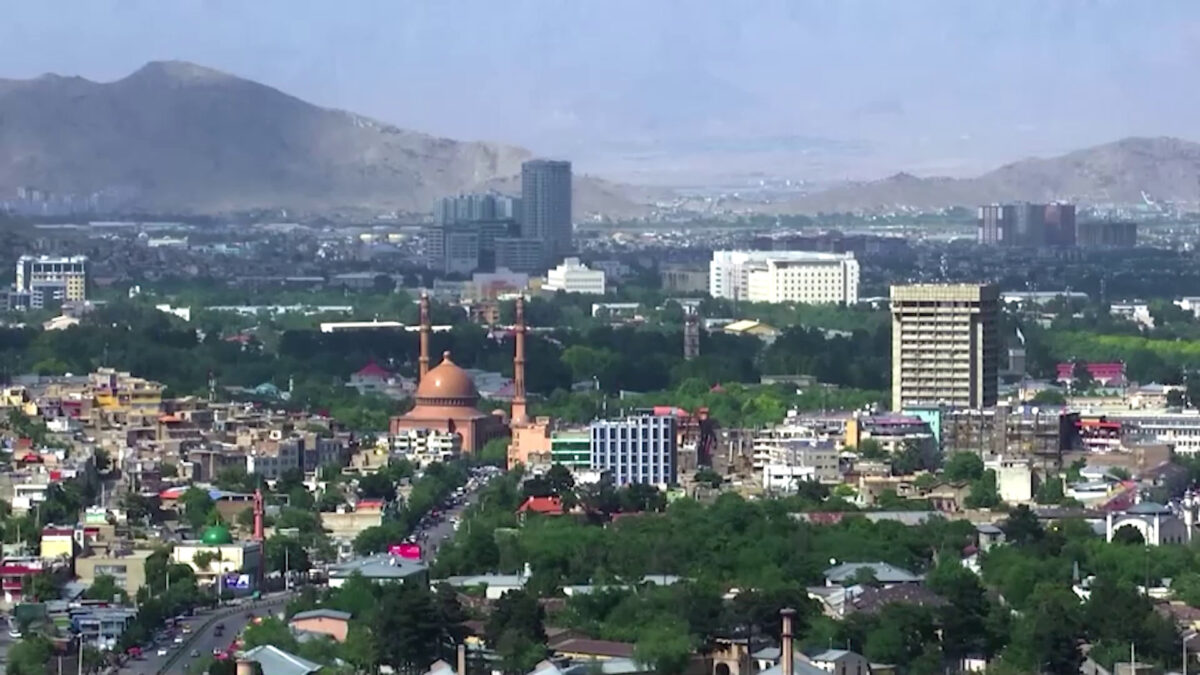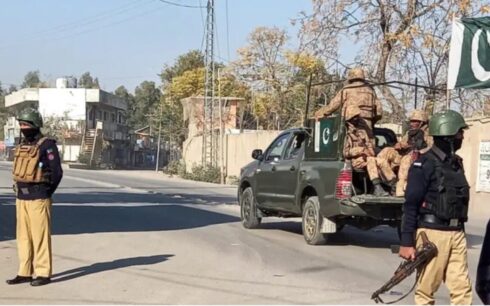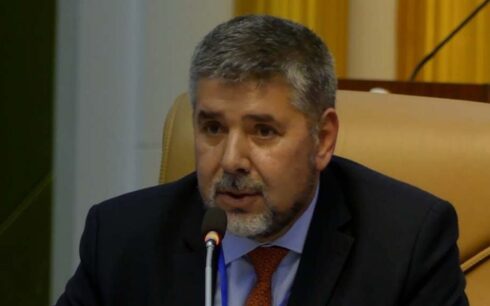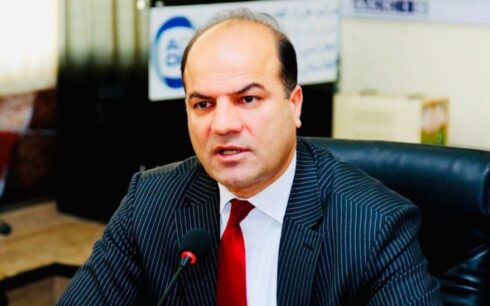The collapse of the “Islamic Emirate of Afghanistan” through armed action
Proponents of this scenario highlight several factors, believing that ultimately, the “Islamic Emirate of Afghanistan” will be violently overthrown.
Factors influencing this scenario:
1. Factionalism within the Taliban: The Taliban are divided along ethnic lines, with Pashtun and non-Pashtun factions. Among the Pashtuns, there are further divisions between the Durrani and Ghilzai tribes. The Durranis primarily inhabit southwestern provinces like Kandahar, Helmand, Uruzgan, and Zabul, while the Ghilzais are concentrated in provinces like Khost, Paktia, Paktika, and Ghazni.
Currently, Hibatullah Akhundzada, from the Nurzai tribe, leads the Durrani faction as the Amir al-Mu’minin. Sirajuddin Haqqani, belonging to the Zadran tribe and linked to the prominent commander Jalaluddin Haqqani, leads the Ghilzai faction.
The Durranis dominate the Ministry of Defense, while the Ghilzais hold sway over the Ministry of Interior. Sirajuddin Haqqani is referred to as “Khalifa Sahib,” indicating a rivalry with Hibatullah. Reports suggest that non-Pashtun Taliban leaders in northern and northeastern Afghanistan are discontent and regret their cooperation with the Taliban. These individuals are reportedly in contact with the National Resistance Front of Afghanistan.
Historically, factionalism has always been a significant issue within the Taliban. The absence of a unified command structure has led to internal conflicts and power struggles, weakening their overall cohesion. External influences further exacerbate these divisions. For instance, Sirajuddin Haqqani’s recent conversations with U.S. officials in the UAE hint at potential external support that could deepen internal rifts. American negotiators in Doha previously emphasized Mullah Abdul Ghani Baradar as a patriotic and trustworthy figure, highlighting further divisions within the leadership. Zalmay Khalilzad once mentioned that Mullah Baradar was released from Karachi prison at the behest of the U.S., and Baradar is well aware of this fact. When the U.S. overlooks the bounty on Haqqani’s head and engages him as a key interlocutor, promising support in internal power dynamics, it widens the rift within the Taliban.
2. Support for Extremist Groups: The Taliban’s extensive support for extremist groups will eventually provoke neighboring countries, especially Pakistan, to take active measures against them. Currently, Pakistan has publicly expressed dissatisfaction with the Taliban and launched limited military operations along the border, contacted opposition leaders, and established training centers for anti-Taliban forces. The delay in Pakistan’s active support for anti-Taliban elements indicates that pro-Taliban factions within Pakistan’s government are still influential.
Pakistan’s current passive stance may soon shift to an active one due to continuous threats to its security. The Taliban’s support for militant groups not only destabilizes Afghanistan but also threatens regional stability. Neighboring countries, particularly Pakistan, will be compelled to act decisively. Media reports frequently highlight Pakistan’s grievances against the Taliban, accusing them of harboring and supporting terrorist factions like Tehrik-i-Taliban Pakistan (TTP). If the Taliban persist in their antagonistic policies, it is only a matter of time before Pakistan intensifies its military and political pressure. So far, Pakistan’s response has been limited to expressing dissatisfaction through the media, conducting brief military operations in border areas, engaging with anti-Taliban leaders, and setting up training centers for opposition forces. The delay in more robust action against the Taliban suggests that influential pro-Taliban factions within the Pakistani government are still holding back decisive measures.
3. Opposition Armed Groups: Anti-Taliban armed groups have not only survived over the past three years but have strengthened their ties with the local population and expanded their operational areas. This broader resistance has spread from the Panjshir Valley to regions like Nuristan, Herat, and Badghis, involving various ethnic groups and regions, moving beyond ethnic and linguistic divides to become a national movement.
These armed groups, which initially appeared to be regional resistance movements, have now evolved into a nationwide opposition. Their expanding influence signifies a shift from localized ethnic conflicts to a more unified national resistance. This growth has been fueled by the Taliban’s oppressive policies and failure to address basic needs like food, healthcare, education, and civil liberties. Initially, discontent was mainly attributed to Persian-speaking populations in and around Panjshir. However, resistance has now spread to include a diverse range of ethnic groups across Afghanistan. The increasing presence of these groups in areas like Nuristan, Herat, and Badghis demonstrates a significant expansion of the resistance movement, transforming it from a regional to a national phenomenon.
4. Disillusionment and Internal Strife: The morale of Taliban fighters is waning as they see their leaders establishing relations with the U.S. and recalling past grievances. The discriminatory policies of the “Islamic Emirate of Afghanistan” have disillusioned many Taliban members, making them skeptical of the group’s Islamic and justice-oriented rhetoric. Widespread poverty, unemployment, corruption, and threats foster discontent and opposition.
The internal strife within the Taliban is growing, with many fighters disillusioned by their leaders’ hypocrisy and the harsh realities on the ground. The Taliban’s initial promises of Islamic justice and economic prosperity have not materialized, leading to widespread dissatisfaction. Many Taliban members are now questioning the group’s commitment to its original ideals. This disillusionment is further fueled by the Taliban’s discriminatory practices and failure to address key issues such as poverty, unemployment, and corruption. The Taliban’s inability to deliver on its promises has led to a growing sense of frustration and opposition within its ranks. This discontent is not limited to the rank-and-file fighters but also extends to higher levels of the organization, where leaders are increasingly divided over the group’s direction and policies.
Advocates of this theory believe that discontent within the Taliban combined with external support, primarily from Pakistan, could lead to the group’s collapse. Pakistan’s growing frustration with the Taliban and its operational contacts with Afghan military and political leaders are signs of potential intervention.
This article is the second segment of a three-part opinion series written by Abdul Hafeez Mansoor, a former member of Afghanistan’s Parliament and a member of the Afghan Republic negotiating team during the 2019 peace talks with the Taliban in Doha.
The views and opinions expressed in this article are those of the author and do not necessarily reflect the official policy or position of Amu TV.





